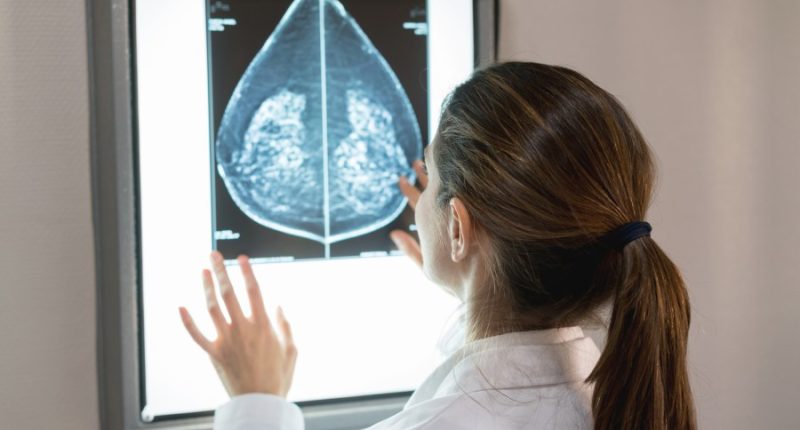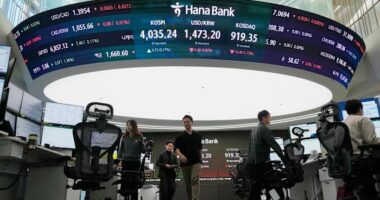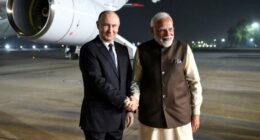Share this @internewscast.com

CHAMPAIGN-URBANA, Ill. (WCIA) — A professor from the University of Illinois has discovered that artificial intelligence can play a role in breast cancer screenings, potentially cutting costs by up to 30%.
Mehmet Eren Ahsen, who specializes in business administration and health innovation at the university, explained that AI could be utilized to review mammograms classified as low-risk and identify those with higher risks for further assessment by human radiologists.
This approach may assist hospitals in integrating AI into their operations effectively. These findings are particularly significant in light of the increasing need for early cancer detection and the current shortage of radiologists.
“We often hear the question: Can AI replace this or that profession?” Ahsen said. “In this case, our research shows that the answer is ‘Not exactly, but it can certainly help.’ We found that the real value of AI comes not from replacing humans, but from helping them via strategic task-sharing.”
The researchers involved in the study compared three decision-making strategies in cancer screenings. This included the radiologists reading every mammogram, AI assessing all mammograms and a scenario where AI did the initial screening and referred cases to radiologists as needed.
When assessing which decision making strategy was best, the researcher’s model took into account the range of costs, like implementation, radiologist time, follow-up procedures and potential litigation.
The data indicated that the collaboration between AI and human radiologists performed the best, and led to up to 30.1% in cost savings, without compromising patient safety.
Despite these findings, experts stressed that that current AI systems still underperform when compared to human judgment in complex or borderline cases.
“AI is excellent at identifying low-risk mammograms that are relatively straightforward and easy to interpret,” Ahsen said. “But for high-risk or ambiguous cases, radiologists still outperform AI. The delegation strategy leverages this strength: AI streamlines the workload, and humans focus on the toughest cases.”
Ahsen said that currently, breast cancer screenings can be time-intensive, costly, and a source of stress for patients. This is especially true for those who receive false positives and are called back to the hospital for more appointments, screenings and tests, and potentially biopsies.
With AI and humans working together, however, it’s possible that health care providers could streamline the process.
“You get screened, AI sees something it doesn’t like and immediately flags you for follow-up, all while you’re still at the hospital,” Ahsen said. “It has the potential to be that much more efficient of a workflow.”
Ahsen also said the study indicates that AI can be used in other areas of medicine, where accuracy is critical, but workflow must be efficient.
“We can use it 24/7, and it doesn’t need to take a coffee break,” Ahsen said. “AI is only going to continue to make inroads into health care, and our framework can guide hospitals, insurers, policymakers and health care practitioners in making evidence-based decisions about AI integration.”
The study was published by the journal Nature Communications and co-written by Mehmet U. S. Ayvaci and Radha Mookerjee of the University of Texas at Dallas; and Gustavo Stolovitzky of the NYU Grossman School of Medicine and NYU Langone Health. You can read more about the study here.













